Have you ever felt overwhelmed trying to decipher beauty product labels? We’ve all been there, staring at a bottle wondering what half the ingredients even are. The growing interest in natural and organic skincare makes it more important than ever to understand what we’re putting on our bodies.
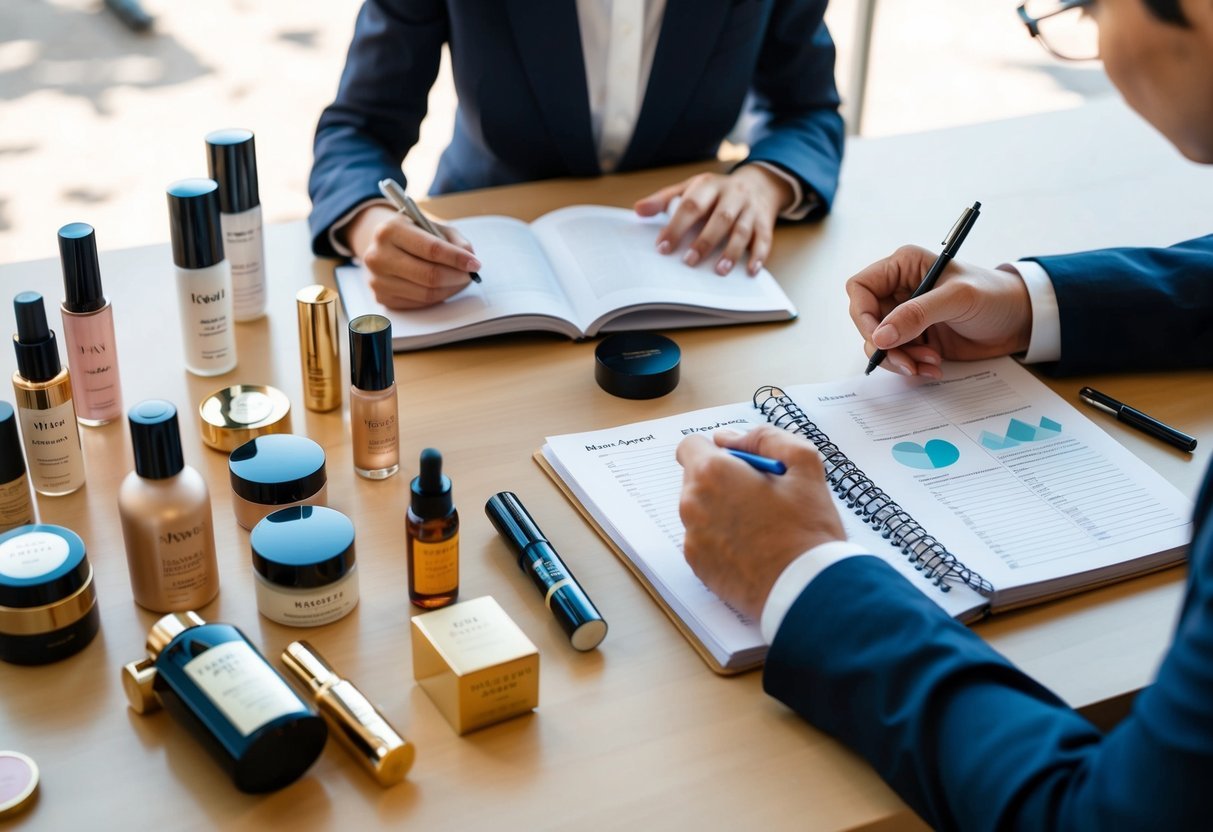
Reading beauty product labels doesn’t have to be a daunting task. With a few simple tips, we can become savvy shoppers and make informed decisions about our skincare routines. Let’s explore some easy ways to decode those mysterious ingredient lists and symbols, so we can choose products that align with our values and skin needs.
1) Ingredients Focus: Know Your Key Ingredients
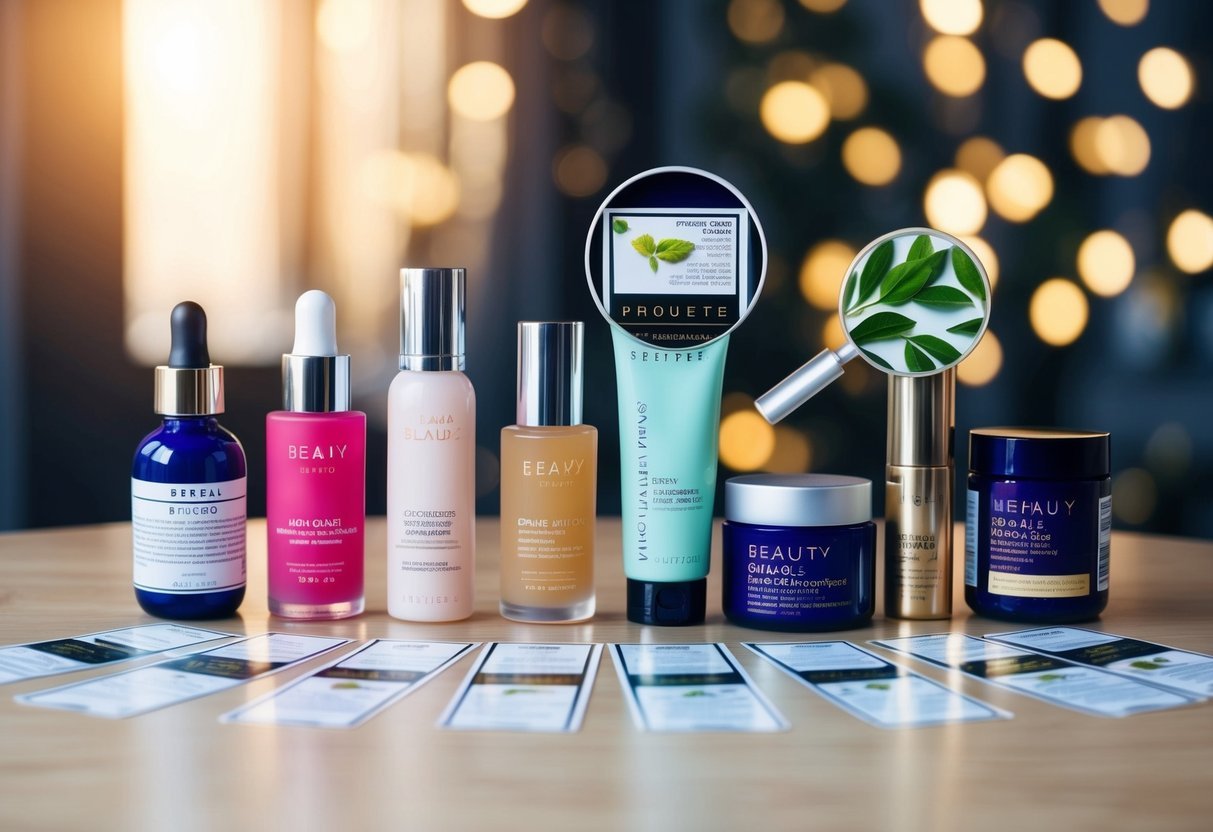
Let’s dive into the world of beauty product labels! We’ve all been there, staring at a lengthy list of hard-to-pronounce ingredients. But fear not, we’re here to help you decode the mystery.
First up, familiarize yourself with common natural ingredients. Look for plant-based oils like jojoba, argan, or rosehip. These nourishing gems are often listed by their Latin names, so “Rosa Canina Fruit Oil” is actually just rosehip oil.
Next, keep an eye out for antioxidants. Vitamin C, green tea extract, and resveratrol are some of our faves. These powerhouses help protect our skin from environmental stressors.
Don’t forget about humectants! Ingredients like glycerin and hyaluronic acid are moisture magnets, helping to keep our skin plump and hydrated.
Lastly, be aware of potential irritants. While they’re not all bad, some people might be sensitive to fragrances or certain preservatives. It’s all about knowing what works for your unique skin.
By focusing on these key ingredients, we’ll be well on our way to becoming label-reading pros!
2) Expiration Dates: Check for Freshness
We all want our beauty products to work their magic, and checking expiration dates is key to ensuring they’re at their best. Most organic and natural cosmetics have a shorter shelf life than conventional ones.
Look for a “Best Before” or “Use By” date on the packaging. These dates tell us when the product is at its peak performance. After this time, it might not work as well as it should.
Sometimes, we’ll see a little symbol that looks like an open jar with a number inside. This shows how many months the product will last after opening. For example, “12M” means it’s good for 12 months once we’ve popped the lid.
If we can’t find a clear date, we can usually decode the batch code. It’s often a series of numbers or letters that indicate when the product was made. We can use online tools to help us figure out what these codes mean.
Fresh ingredients are the heart of natural beauty, so using products before they expire is crucial. It’s not just about effectiveness – expired products can harbor bacteria that might irritate our skin.
3) Cruelty-Free Claims: Look for Trustworthy Logos
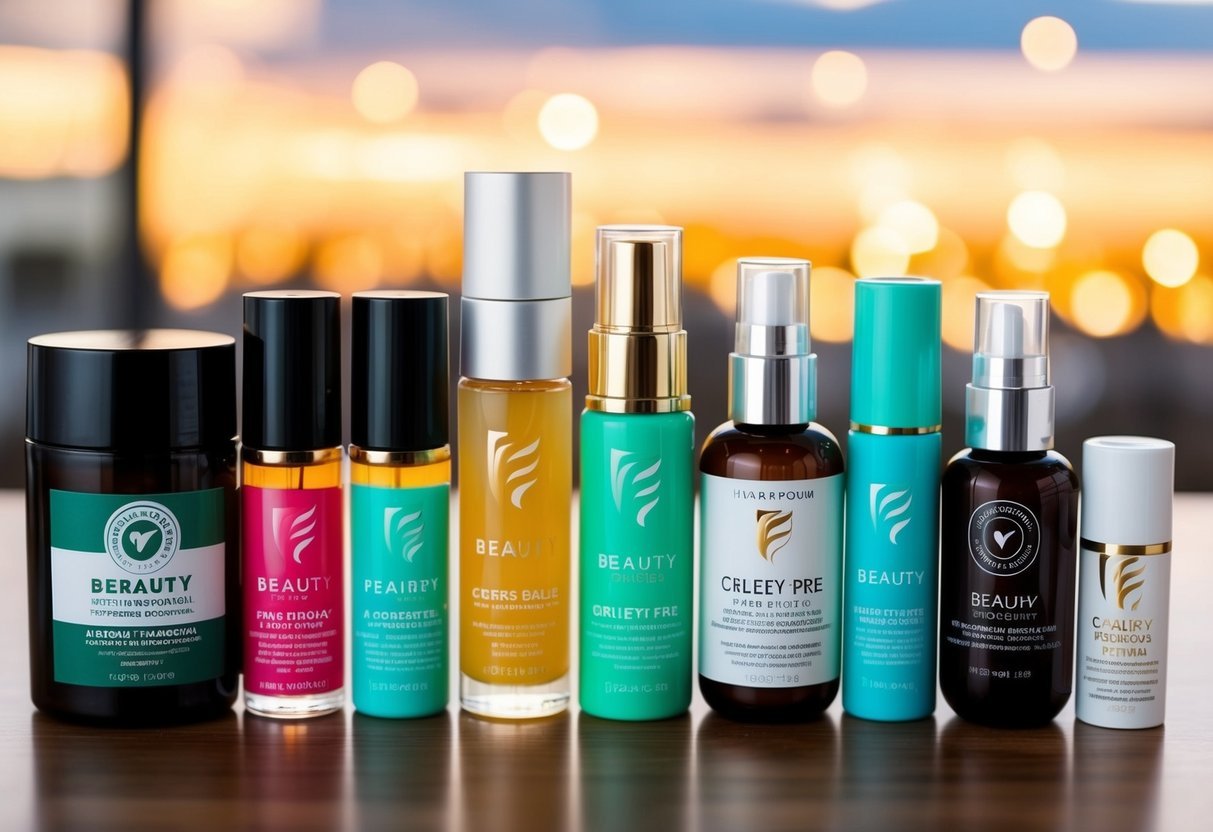
When we’re scanning beauty product labels, spotting cruelty-free logos can be a game-changer. These symbols tell us the item wasn’t tested on animals.
But not all bunny logos are created equal. We need to keep an eye out for trusted certifications from reputable organizations.
The Leaping Bunny logo is one of the most recognized and stringent. It ensures the entire supply chain is cruelty-free, not just the final product.
PETA’s bunny logo is another common sight. While it’s widely used, their certification process isn’t as rigorous as some others.
Some brands create their own cruelty-free symbols. We should be cautious with these and double-check the company’s policies.
It’s worth noting that “cruelty-free” doesn’t always mean vegan. Products can be animal-test free but still contain animal-derived ingredients.
When in doubt, we can always reach out to the brand directly or check their website for more detailed information about their animal testing policies.
4) Understanding ‘Fragrance’: Decode Hidden Chemicals
We often see “fragrance” listed on beauty product labels, but what does it really mean? This seemingly innocent term can actually hide a cocktail of synthetic chemicals.
Many brands use “fragrance” as a catch-all to protect their proprietary scent blends. Unfortunately, this practice can mask potentially harmful ingredients.
To avoid hidden nasties, we recommend opting for products that disclose all fragrance components. Look for labels that list essential oils or natural extracts instead of just “fragrance.”
Some companies now offer fragrance-free options or use only plant-based scents. These choices are great for those with sensitive skin or who prefer a more natural approach.
When in doubt, we suggest reaching out to the brand directly. Many are happy to provide more details about their fragrance ingredients upon request.
5) Organic Labels: Verify True Organic Status
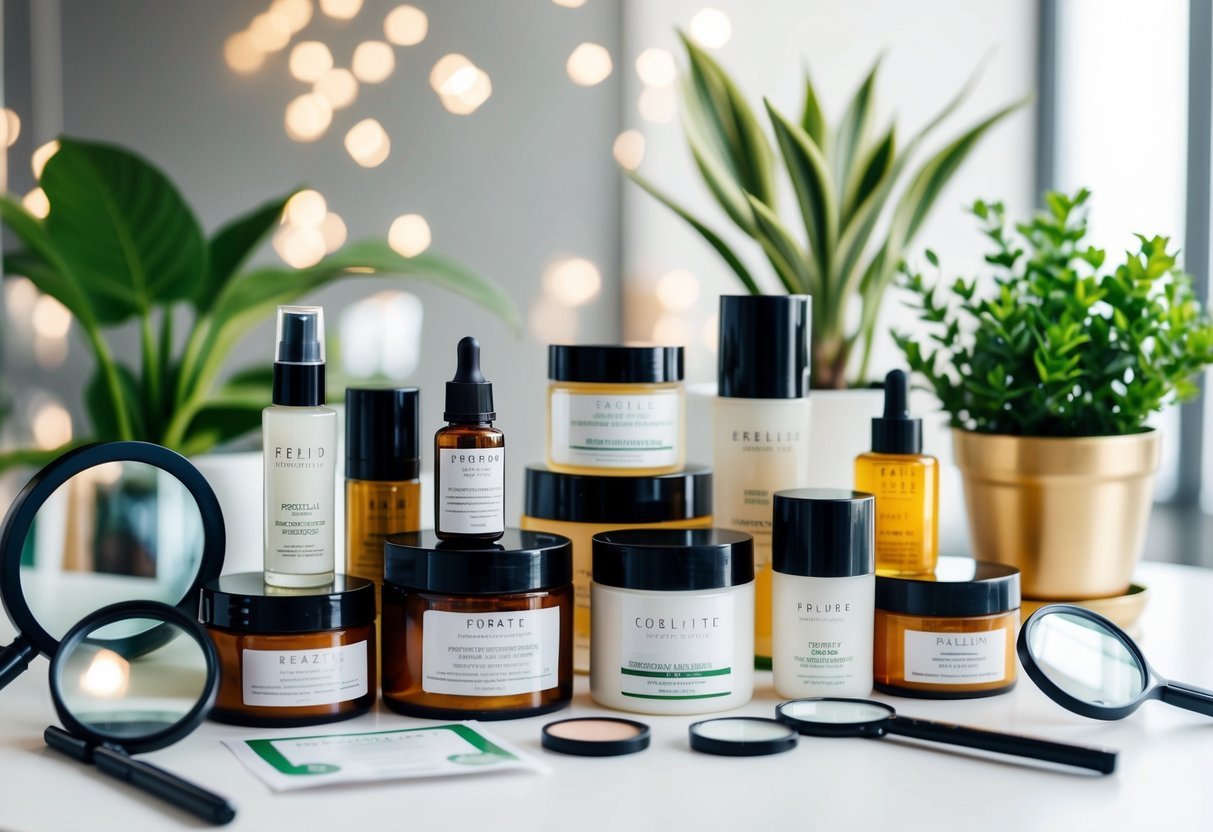
We all want pure, natural products for our skin. But how can we be sure those “organic” claims are legit? Let’s break it down.
Look for official organic seals on the label. The USDA Organic seal means at least 95% organic ingredients. Pretty impressive, right?
Some products say “made with organic ingredients.” This usually indicates 70% or more organic content. Not bad, but not fully organic.
Check the ingredients list carefully. Organic items should be listed first. If you see lots of synthetic stuff, it’s probably not as natural as advertised.
Be wary of vague terms like “natural” or “pure.” These aren’t regulated and don’t guarantee organic status. We want the real deal!
Consider certifications from reputable organizations like COSMOS or Ecocert. These groups have strict standards for organic beauty products.
Remember, truly organic items often have shorter shelf lives. Always check those expiration dates to ensure you’re getting fresh, effective products.
Why It’s Important to Read Beauty Product Labels
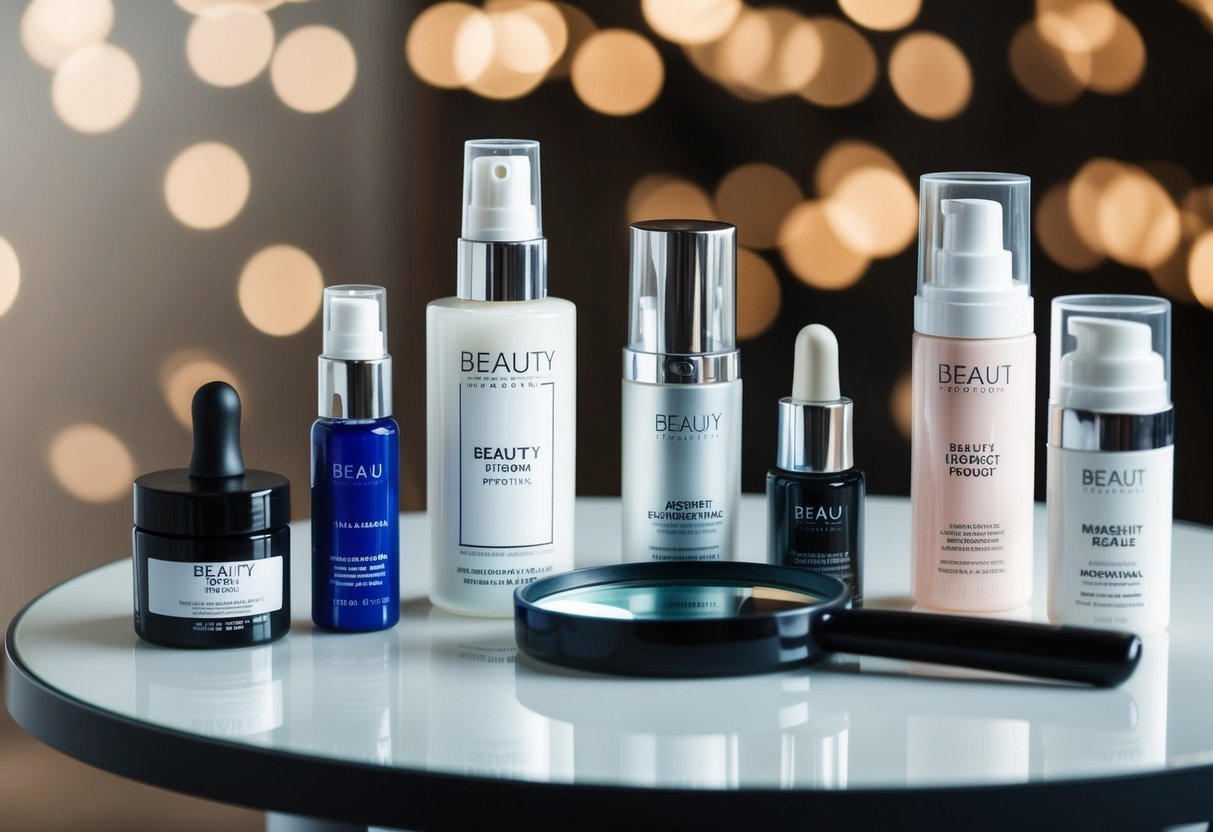
Reading beauty product labels empowers us to make informed choices about what we put on our skin and hair. It helps ensure we select products that align with our values and health needs.
Health and Safety Concerns
We need to be aware of potential allergens or irritants in our beauty products. By carefully examining labels, we can spot ingredients that might not agree with our skin or scalp. This is especially crucial for those of us with sensitive skin or existing conditions.
Labels also alert us to any harmful chemicals or toxins that could have long-term health impacts. We want to avoid products with questionable ingredients that might accumulate in our bodies over time.
Some labels include warnings about proper usage or potential side effects. This information is vital for using products safely and effectively.
Understanding Ingredients
Reading labels helps us grasp what’s actually in our beauty products. We can identify natural, organic components that align with our preference for pure formulations.
By familiarizing ourselves with common ingredients, we become better equipped to choose products that suit our specific needs. Whether we’re looking for hydrating, anti-aging, or clarifying properties, understanding labels guides us to the right options.
We can also spot unnecessary fillers or artificial additives. This knowledge allows us to opt for cleaner, more concentrated formulas that deliver better results.
Ingredient lists reveal the concentration of active components. We can gauge a product’s potency and effectiveness by noting where key ingredients appear on the list.
Common Terms to Know
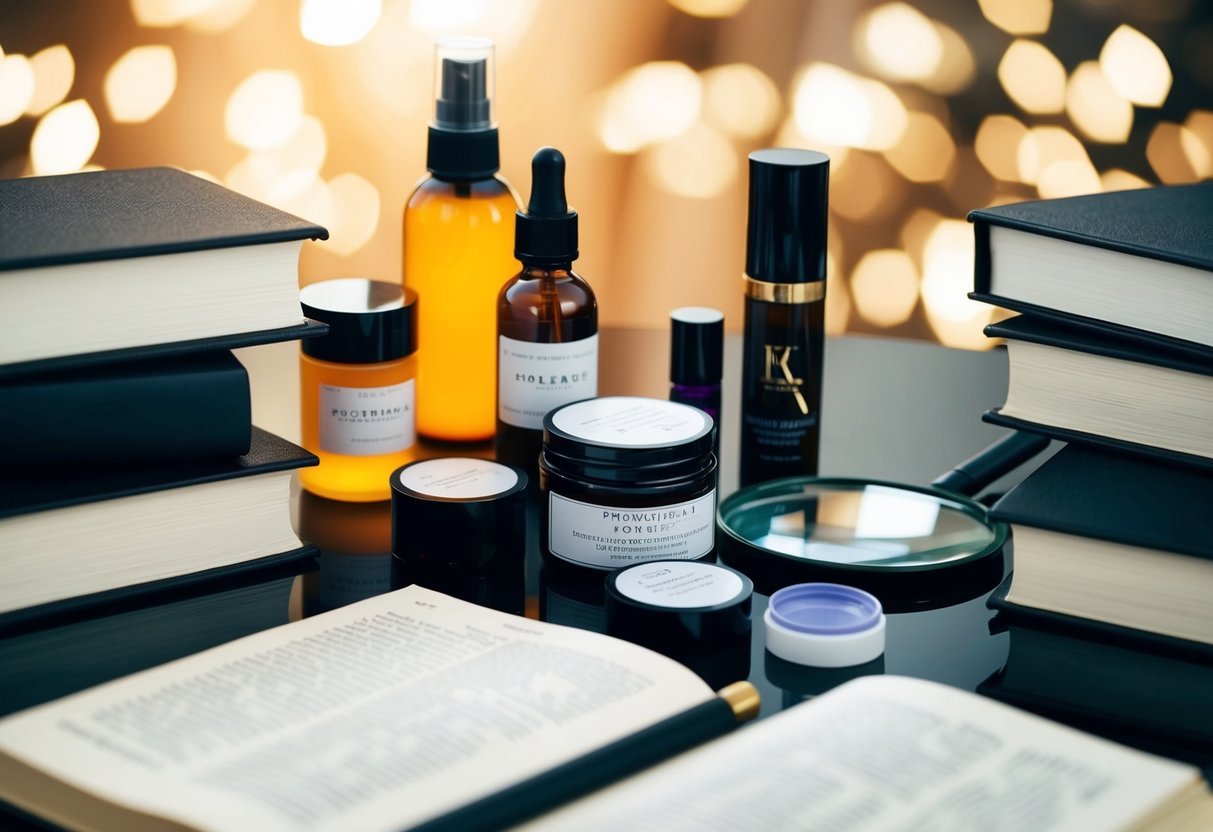
Reading beauty product labels can be confusing, but knowing a few key terms can make a big difference. Let’s explore some important concepts to help us navigate ingredient lists and make informed choices.
Natural vs. Synthetic Ingredients
Natural ingredients come from plants, minerals, or animals. We often see things like aloe vera, shea butter, and essential oils in clean beauty products. Synthetic ingredients are lab-created and may mimic natural substances.
Some synthetics can be great for our skin, like hyaluronic acid. Others might be harsher or potentially irritating. It’s not always a clear-cut choice between natural and synthetic.
We should look for products that blend the best of both worlds. A mix of gentle plant extracts and safe, effective synthetic ingredients often gives us the best results.
Common Allergens
Knowing potential allergens helps us avoid unwanted reactions. Some frequent offenders in beauty products include:
- Fragrances (natural or synthetic)
- Preservatives like parabens
- Dyes and colorants
- Certain essential oils
We should pay extra attention if we have sensitive skin. Patch testing new products is always a smart move.
Hypoallergenic labels can be helpful, but they’re not a guarantee. It’s best to scan ingredient lists carefully if we have known sensitivities.
Decoding Ingredient Lists
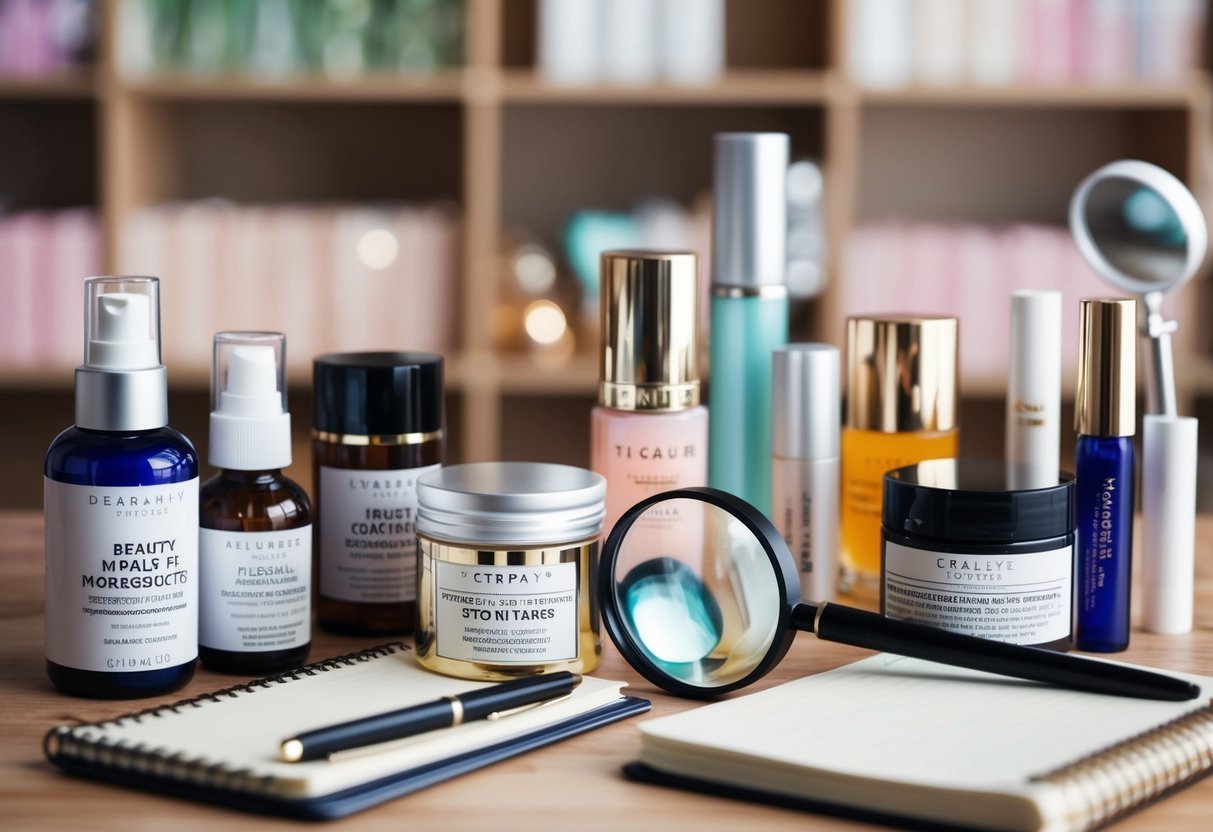
Understanding what’s in our beauty products is crucial for making informed choices. Let’s explore how to decipher those long lists of unfamiliar names and identify potential hidden chemicals. By learning to recognize common toxic ingredients in beauty products, consumers can better protect their skin and overall health. Many products contain harmful chemicals that may not be immediately obvious, but with a little research, you can distinguish between safe and harmful substances. Armed with this knowledge, you can select products that align with your values and support a healthier beauty routine.
Order of Ingredients
We often see a jumble of scientific-sounding terms on our beauty labels. But did you know their order matters? Ingredients are listed from highest to lowest concentration.
The first 5-6 items usually make up 80-90% of the product. So if we’re looking for a specific natural ingredient, it’s best to see it near the top.
Anything after the first handful is typically present in small amounts, less than 1%. This can be useful when we’re trying to avoid certain substances.
Water is often the first ingredient in many products. This isn’t necessarily bad – it helps create the right consistency and can aid absorption.
Hidden Chemicals
Sometimes, not everything is as pure as it seems on the label. Companies might use different names for common chemicals, making them harder to spot.
“Fragrance” or “parfum” can be a catch-all term for hundreds of undisclosed ingredients. If we’re sensitive to scents, it’s best to look for fragrance-free options.
Watch out for words ending in “-paraben” or “-phthalate”. These are preservatives and plasticizers that some prefer to avoid.
Natural-sounding ingredients aren’t always better. “Plant extracts” could mean anything from simple herb infusions to chemically-processed derivatives.
We can use apps or online databases to check unfamiliar ingredients. This helps us make choices that align with our skin’s needs and our values.
Frequently Asked Questions
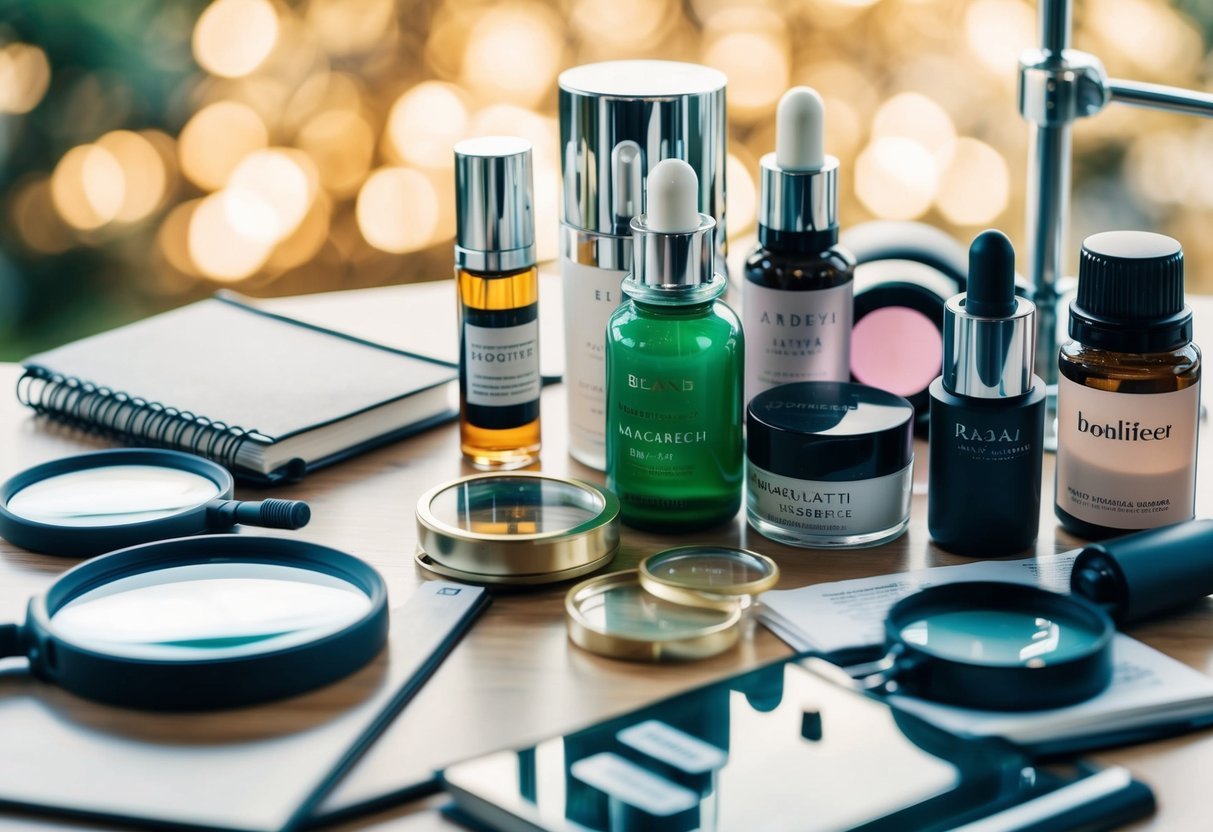
Understanding beauty product labels can be tricky, but we’ve got you covered. Let’s dive into some common questions to help demystify those ingredient lists and symbols.
What do I look for to understand a beauty product’s ingredients?
We always start with the first few ingredients listed. These make up the bulk of the product. Look for familiar plant extracts, oils, and active ingredients that align with your skincare goals. If you spot unfamiliar terms, a quick online search can help decipher their purpose.
Can you break down what all those symbols on skincare packaging mean?
Symbols on packaging are like a secret code we’re here to crack! The recycling symbol tells us how to dispose of the container. A little open jar icon shows how long the product lasts after opening. Cruelty-free bunny logos indicate no animal testing. We love seeing certified organic symbols too!
Why should I pay attention to the order of ingredients listed?
The order matters big time! Ingredients are listed from highest to lowest concentration. We focus on the first 5-7 ingredients as they make up most of the formula. If a star ingredient you’re after is near the bottom, it might not be present in a meaningful amount.
How can I tell if a beauty product is suitable for my skin type?
We look for key words that match our skin needs. “Oil-free” or “non-comedogenic” are great for oily or acne-prone skin. Meanwhile, “hydrating” or “moisturizing” are good for dry skin. Sensitive skin folks should seek out “fragrance-free” and “hypoallergenic” labels.
What’s the deal with expiration dates on makeup and skincare?
Expiration dates are our BFFs for keeping our beauty stash fresh and safe. We always check the Period After Opening (PAO) symbol – that little open jar icon. It tells us how many months the product is good for after we’ve cracked it open.
Why is it crucial to know the difference between ‘organic’ and ‘natural’ on beauty labels?
“Natural” and “organic” aren’t interchangeable, and we’re here for the truth! “Natural” isn’t regulated, so it can mean almost anything.
“Organic” has strict standards. We look for certified organic logos to ensure we’re getting the real deal without synthetic pesticides or fertilizers.

